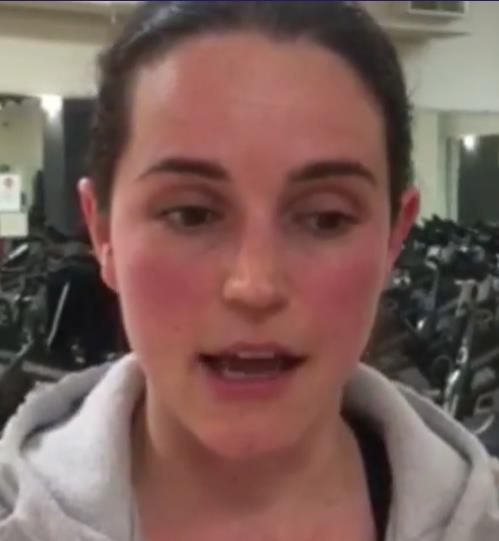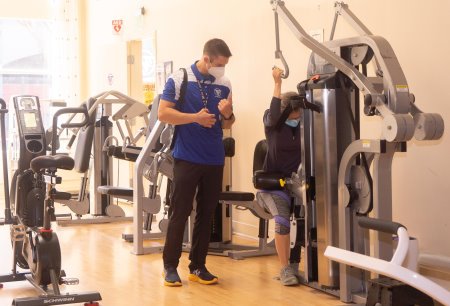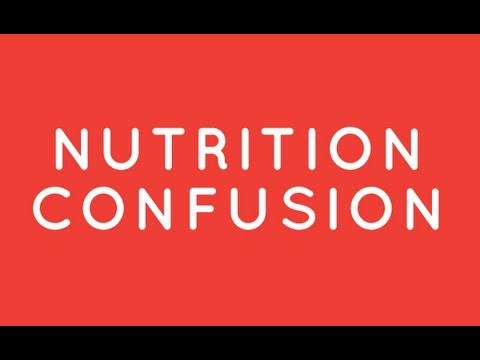
By TAKU
Nutrition. Is there anything out there that is more confusing? High carbs, low carbs, good fats, bad fats, don’t eat at night, don’t eat anything but fruit until noon…It’s enough to make you scream. How can we possibly decipher all the nutritional mumbo-jumbo that is thrown around every day? Each time you turn around there is a new diet telling you what to eat and what to avoid.
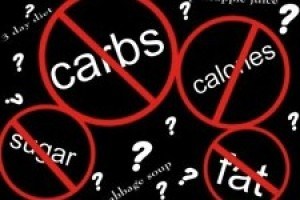
Well, take a deep breath and let’s see if we can make some sense out of all this confusion. By the time your done reading, you’ll have at least a basic set of ideas that should work for you. It still won’t be easy. I have been training people for 30 years and I call nutrition the ultimate discipline.
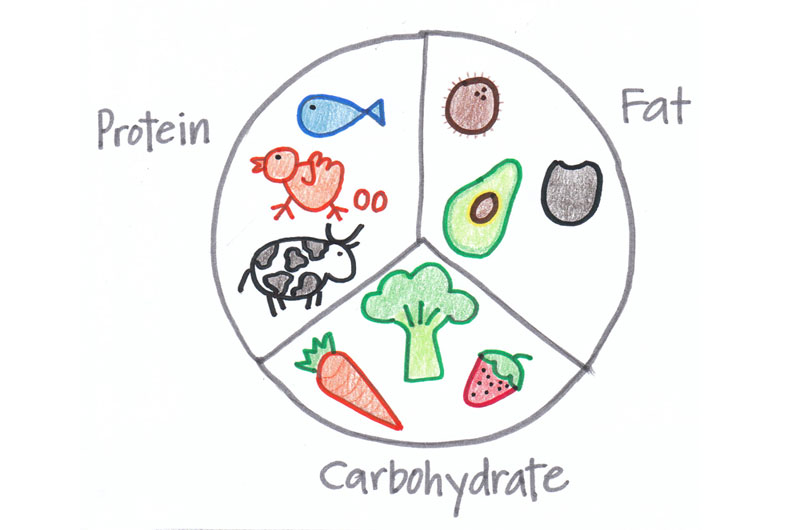
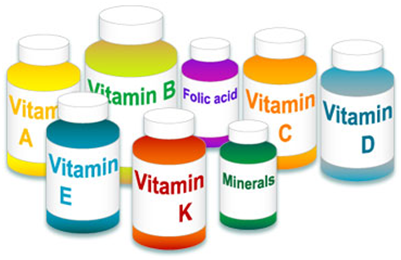
Let’s get some basics out of the way. We can break our food into a few basic components. Macro-nutrients (meaning Big stuff) and along with the big stuff we get Micro-nutrients (little stuff). Add water and you have your bases covered.
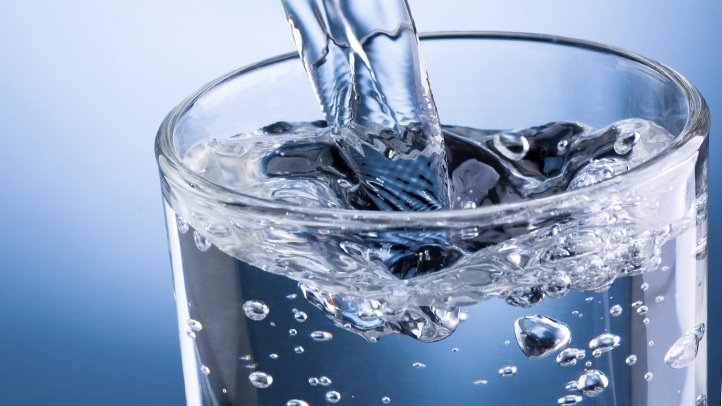
Foods contain calories in the form of the three Macro-nutrients, Fats, Proteins, and Carbohydrates. These calories provide energy for our bodies to move, grow, repair and maintain themselves. Both Protein and Carbohydrates have four calories per gram. Fat has more than twice as many calories with nine per gram. Foods also contain Micro-nutrients in the form of vitamins and minerals. Micro-nutrients are important because they contribute to the many chemical processes that our bodies undertake for daily living. They do not however provide energy.
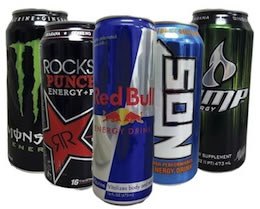
When we say energy as it relates to food it just means calories. All food has calories and all calories can be burned to provide energy for the body. When we see something in the store called an “Energy” bar or Energy drink, it really just means that the bar or drink has calories. There is nothing magic about them. Most energy drinks have not only calories in the form of simple sugars but are also loaded with stimulants such as caffeine, guarana (an herbal form of caffeine) or other similar substances. This is where the “energy” comes from in the zero calorie energy drinks. The above mentioned substances are central nervous system stimulants and are providing energy through a series of chemical interactions in the body. If you like to get the buzzed feeling of caffeinated drinks, but don’t like coffee then these types of drinks will do the trick for you. Just remember there are no magic substances in energy bars and drinks that will do anything for you that good, whole food cannot. For the most part these bars and drinks are just glorified candy bars and soda pops and their manufacturers are trying to get you to feel good about eating and drinking them.

I know that nutritional planning is a bit confusing at times. How many meals a day should I eat? Do I need a certain percentage of my daily calories from one source or another? What should I drink and how much is enough? Well, that is what we are here to find out. Keep in mind that there is no one, perfect way that will work for everyone when it comes to nutrition. But we can set up a framework from which to begin your journey. So let’s set up some guidelines that may help us get more out our nutrition. Keep in mind that what most people lack when it comes to nutrition is discipline and consistency. The following guidelines are not new or magic, they are merely ideas to help you establish a framework from which you may create that disciplined consistency you currently lack.
1. Most days eat 3-5 feedings per day. This does not mean eat giant meals every time you feed; this includes your snacks as well. Think of it as eating on average about three meals and two snacks per day.
2. Eat some source of lean protein such as eggs, chicken, beef, lamb, turkey or fish, at every meal.
3. Eat low-sugar fruits, and a variety of non-starchy vegetables with each meal. The more different colors and textures the better.
4. Ensure that your carbohydrate intake comes primarily from vegetables. Think of fruit as a small treat.
5. Ensure that you get some fats every day. You want these to be primarily in the form of good or “friendly” fats such as those found from olive, flax seed and coconut oils, avocados, raw nuts and seeds, as well as fish like salmon, mackerel, sardines anchovies etc.
6. Drink primarily non-calorie containing beverages, the best choices being water and green tea. A good goal for water intake is about half your body weight in ounces a day. So, if you weigh 100 pounds, aim for 50 ounces a day and if you weigh 200, pounds aim for 100 ounces a day. (The rest of you can do your own math).
7. Eat mostly whole foods. This means foods found in their most natural state. There is no such thing as a donut tree, and contrary to popular belief; nothing made out of flour (like bread, pasta and bagels) is a source of complex carbohydrates.
8. When you get off track, regroup quickly. Having one bad meal or snack here and there will not have a large impact on your overall success. What does negatively impact you is the snow ball effect. That common feeling of “well I screwed up lunch so I guess the whole day is shot”. Forget that stuff. Your next feeding is your next opportunity for success.
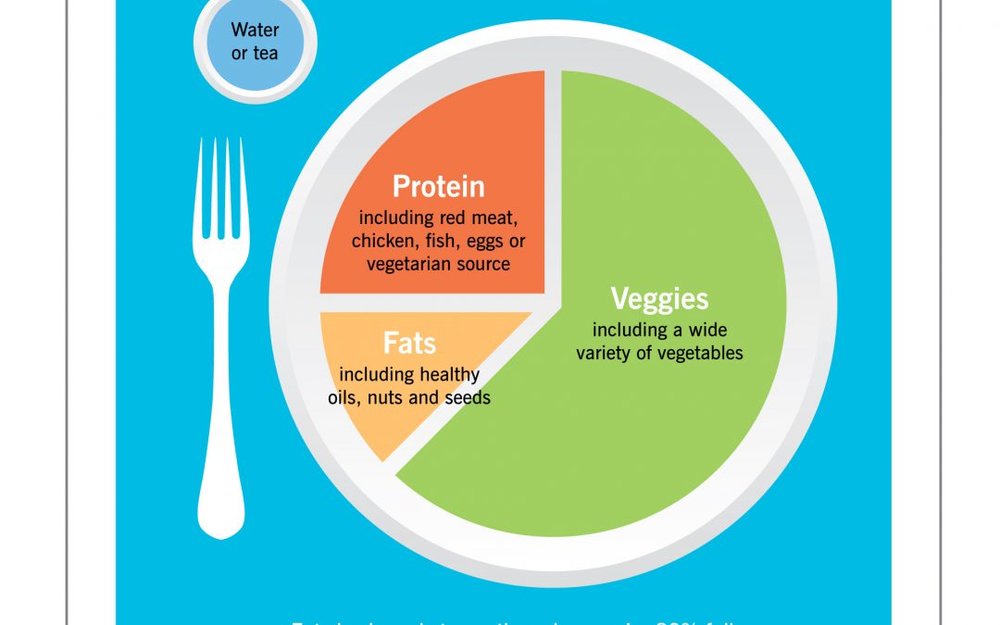
So what does this type of eating look like? Here is a simple way to think about it. To create a healthy plate meal, simply view your plate like a clock. Fill the position of 12 o’clock to 6 or 7 o’clock with a wide variety of colorful vegetables; fill the space from 6 or 7 o’clock to 9 o’clock with friendly fats including healthy oils, nuts, and seeds*, and fill the area from 9 to 12 o’clock with lean protein in the form of beef, chicken fish and so on. A little fruit here and there will not hurt you, (for best results I recommend keeping it to small amount of low-sugar fruits.)
Most of the time if you stick with just two sections, the veggie (+ a little fruit) section and the protein section you’ll be doing just fine. If you do include starchy carbohydrates (sweet potatoes, steel-cut oatmeal, brown rice etc.) I recommend saving that for after your workout, and for best results don’t let that starchy section get any bigger then about ¼ of your plate. (*TAKU’s NOTE: There may be some overlap between friendly fats, and good protein etc)
So, don’t I need to know how many calories I am eating and how much fat etc? The answer is yes and no. For the greatest long term success I would recommend taking a few days and figuring this stuff out. Working with a good nutrition coach can really help. The most important thing however is that you just start making some good simple choices right away. I think you’ll find that when you do, the rest starts to take care of itself.
Here is what a day of this type of eating might look like:
(I’ve included a few examples for breakfast, lunch, dinner and snacks)
Meal Examples
Breakfast:
1. Scrambled Eggs with veggies and Fruit. 2-3 whole eggs. Tomato, peppers onions etc (your choice). 1 large orange.
2. Cottage Cheese and Fruit. 1-cup cottage cheese (full fat minimally processed). 1/2 cup Fresh or water packed Pineapple or Peaches. I Tbsp Almonds (raw).
3. Protein Shake. 2 scoops Protein Powder. 1/2 cup Strawberries, fresh or frozen. 1/2 cup peaches, fresh or frozen. 1-2 cups water. 1 -1/2 Tbsp Almonds or flax-seed oil
Lunch:
1. Tuna salad. 4-6 oz of Albacore Tuna in water (drained). 1-2 Tbsp of sweet pickle relish (optional). 3-5 Tbsp of celery (diced). 10-15 seedless grapes. 1-1/2 Tbsp Mayo (homemade or coconut oil, avocado oil). 2-4 lettuce leaves. 1 large apple.
2. Chicken Caesar salad. Romaine lettuce (3-4 cups). Chicken precooked and cooled (4 oz). Parmesan cheese 1 Tbsp (grated). Caesar dressing (2 Tbsp).**
3. Cantaloupe Fruit Salad. 1/2 of a melon. I cup cottage cheese (full fat minimally processed). 5-10 seedless Grapes. 1/2 cup sliced Strawberries. 2 tsp Sunflower seeds.
Dinner:
1. Chicken salad. 4-6 oz chicken. 2 tbsp walnuts. 1 apple chopped. 1-cup grapes (cut in halves). 2 tbsp mayo ( coconut oil, avocado oil or home made). 1-cup green beans.
2. Grilled Salmon and Vegetables. Salmon steak grilled (4-1/2 oz). Onions sweet large size (3 thick slices). ½ green pepper (sliced). 1 zucchini (sliced). Green salad (2 cups). I cup Peaches, fresh or frozen for desert.
3. Beef Tenderloin Dinner. 6 oz extra lean beef. Asparagus spears (10 – steamed). 3-4 cups green salad with tomato. Fresh blueberries for dessert.
Snacks:
1. Cottage cheese with Pineapple. 1-Cup cottage cheese w/ 1/2-cup pineapple.
2. Hard-boiled Egg and Fruit. 1-2 whole eggs. 1 egg 1 small tangerine or orange.
3. String Cheese and fruit. 1-2 string cheese. 1 apple.
If you are serious about your health, you should be serious about your nutrition. Our health comes from the inside out. Feed your body good food, drink water and get enough sleep every day, and you have gone a long way to insuring optimal health and high function for years to come. When we eat well it supports everything else we do. It makes it that much more likely, that you will achieve your athletic and aesthetic goals as well as perform at your best in the boardroom or on the wrestling mat. Remember, every time you go food shopping is a chance for you to make great choices. Now get out there and get to it.
Bonus Food Shopping List:

Protein
Fish:
• Salmon
• Tuna
• Cod
• Trout
• Halibut
• Shrimp
• Scallops
Eggs
Chicken breasts
Cottage cheese (Full-fat minimally processed)
Lean Red Meat:
• Flank Steak
• Ground Beef
• Top Round Cuts
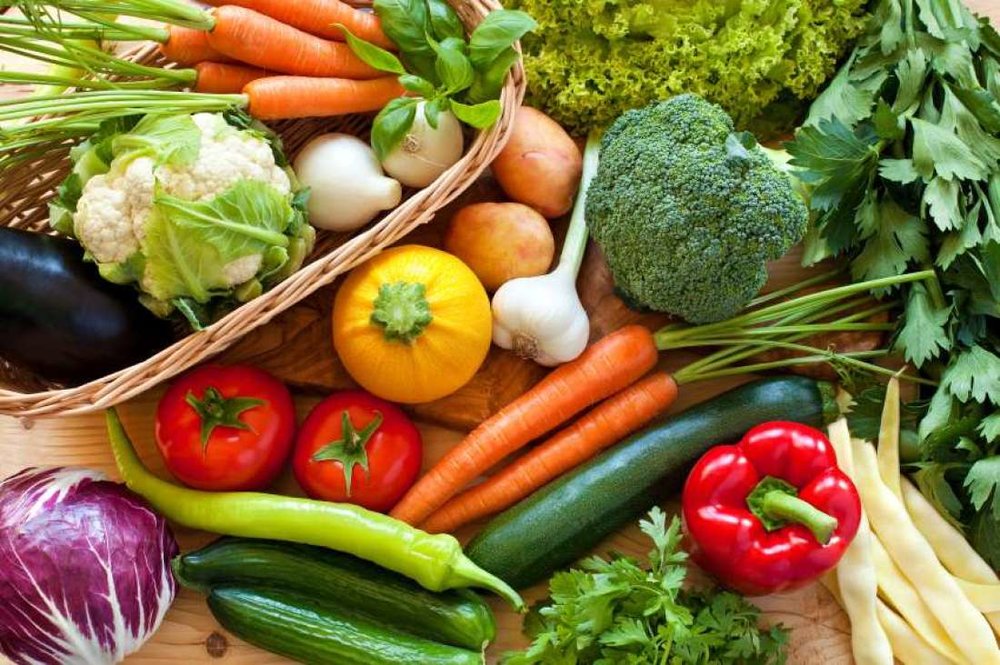
Carbohydrates
Vegetables (not limited to):
• Broccoli
• Green Beans
• Spinach
• Lettuce
Mixed Beans
Carbohydrates
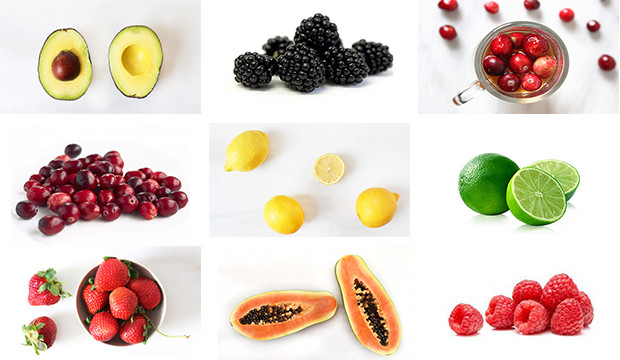
Fruits (not limited to):
• Berries
• Apples
• Oranges
• Kiwi
• Grapefruits
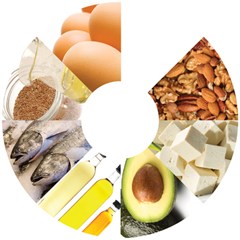
Fats
Flax oil/Flax meal
Fish oil (EPA / DHA)
Olive oil / Olives
Mixed nuts:
• Almonds
• Walnuts
• Brazil
• Pistachios
Avocados
Coconut Oil
Butter (occasionally)
Macro Nutrient Servings:
Fruit. 1 serving =
1 medium sized fruit, ½ banana, 1-cup berries, ¼-cup dried fruit. 1-cup melon.
Veggies. 1 serving =
½ cup cooked or raw, 1 cup leafy.
Protein. 1 serving =
4-5 oz fish, poultry, pork or lean beef. 1-cup tofu (Organic non-GMO), 1-cup cottage cheese (Full-fat minimally processed) .
![DSC_0065-1_thumb[2].jpg](https://tnt-dev.10web.me/wp-content/uploads/2021/05/DSC_0065-1_thumb5B25D.jpg)
BONUS RECIPE:
*Caesar Dressing:
• 1 Tbsp Olive Oil
• 1 Tbsp Red Wine Vinegar
• 1/2 Tbsp Lemon juice
• 1-2 cloves garlic, pressed
• 1/2 tsp Worcestershire sauce
• 1/2 tsp anchovy paste
• 1/2 tsp dry mustard
• 1/2 tsp fresh ground pepper
Place all ingredients in a jar and shake until blended.
TNT has over 35 years of combined fitness experience, so if you’re looking for a coach who can train you online from anywhere in the world, visit our online training page to book a consultation.
TNT wants you to maximize your strength as safely and efficiently as possible, so if you’re looking for a stand alone workout plan, check out our Blackjack training program.

